Bayraktar TB2 UAVs were once considered Ukraine's saviors in the early stages of the war, but Russia's increased electronic warfare made them almost disappear.
In the first months after the Russia-Ukraine conflict, the Bayraktar TB2 unmanned aerial vehicle (UAV) was hailed as the "savior of the Ukrainian army" and was considered a weapon that helped Kiev change the situation of the war, pushing back Russian forces in the north of the country.
Videos released by Ukraine during that period showed Turkish-made TB2s repeatedly attacking Russian troop concentrations, tanks, armored vehicles, and vehicles on multiple fronts, earning them praise as "weapons of the future battlefield."
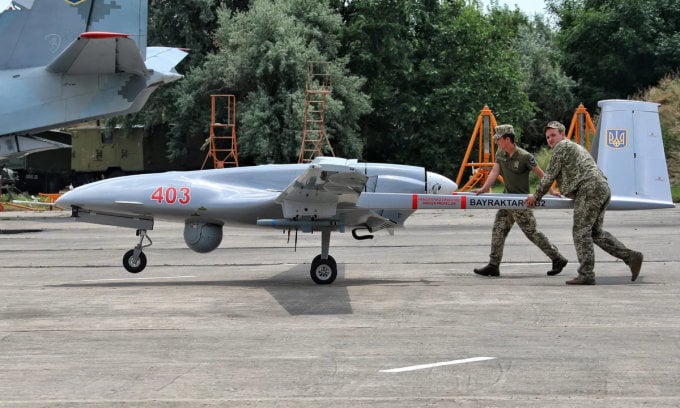
Ukrainian Bayraktar TB2 UAVs conduct exercises in Mykolaiv region in June 2021. Photo: Ukrinform
The Bayraktar TB2 is cheap and easy to manufacture, with factory prices of around one to two million USD each, while the complete system with control station costs $5 million.
Each can carry a payload of 150 kg, including 55 kg of weapons. TB2 is equipped with MAM-L laser-guided missiles with 4 types of warheads with a maximum weight of 22 kg, helping them destroy many targets of much greater value.
The appearance of TB2 at the most difficult time helped Ukrainian forces hold the line and brought significant morale boost to the soldiers and people of this country.
Expert Aaron Stein of the Foreign Policy Research Institute (FPRI) in Philadelphia, USA, commented that the video recorded by TB2 and widely shared on social media "is a perfect example of modern warfare in the TikTok era".
But Mr. Stein also admitted that the TB2's drawbacks are its slow speed and vulnerability to enemy air defenses, which has reduced the role of this weapon. After more than 15 months of war, the Turkish-made UAV has almost disappeared from the Ukrainian battlefield.
“Russian forces have shot down more than 100 Bayraktar TB2 UAVs delivered to Ukraine,” Russian Aerospace Forces deputy commander Andrei Demin said last month.
The few remaining members of the Ukrainian TB2 squadron are mainly responsible for limited reconnaissance missions. The base of the 383rd Regiment, which operates the TB2 squadron, in the western city of Khmelnitsky has also been repeatedly attacked by Russian cruise missiles.
"The general assessment of UAVs like TB2 is that they operate very effectively if they do not have to face complex air defense and electronic warfare networks. TB2s fly low and are relatively slow, making them easy targets for well-organized air defense systems. This has happened in Libya and the disputed Nagorno-Karabakh region," said Samuel Bendett, a UAV expert at the US-based Center for Naval Analyses.
After suffering many losses due to TB2, Russian forces learned from their experience and quickly improved their electronic warfare capabilities to suppress enemy UAVs. "A series of TB2s were shot down after Russia adjusted its combat methods," Bendett commented.
Russian electronic warfare systems such as Krasukha-4 or Borisoglebsk-2 are considered "invisible killers" on the battlefield, able to jam, disable navigation signals and take control of Ukrainian UAVs.
Some experts say the threat from Russia's defense network has forced Ukraine to limit its use of the TB2. "They are now mainly used for reconnaissance and intelligence gathering, rather than attacking the enemy. When not diving to attack, the TB2's advanced sensor system allows them to keep a safe distance from Russian air defense and electronic warfare systems," Mr. Bendett added.
The Royal United Services Institute (RUSI) on May 19 published a 30-page report on Russia's combat capabilities in Ukraine after 15 months of fighting, based on interviews with soldiers from 10 Ukrainian brigades that have been confronting Russian forces for more than a year.
The report quoted three unnamed Ukrainian officers estimating that they lose about 10,000 UAVs a month, mainly due to Russian electronic warfare systems.
The type of UAVs shot down was not disclosed, but James Patton Rogers of the University of Southern Denmark said that most were low-cost commercial aircraft used for reconnaissance. "This number is likely exaggerated, but it still shows that Russian electronic warfare forces are operating effectively against a large number of Ukrainian UAVs," he said.
According to the RUSI report, Russia is deploying a dense network of electronic warfare complexes along a 1,200km frontline, with a key system every 10km. They are usually located about 6km from the frontline and are responsible for neutralizing enemy UAVs.

Krasukha-4S complex participating in the campaign in Ukraine in 2022. Photo: Russian Ministry of Defense
Russian electronic warfare units are now deployed down to the platoon level and are constantly changing their operational plans. New systems such as the Shipovnik-Aero jamming station are difficult to detect, capable of simulating a variety of signals and possessing multiple means of destroying UAVs.
In April, Ukrainian soldiers admitted that DJI drones, which are widely used on the battlefield, were rapidly losing their effectiveness due to constant interference.
"After initial setbacks, the Russian military has adapted to the enemy's methods of combat, although it still faces many organizational challenges. Ukraine still holds the advantage, but it cannot afford to let its guard down, especially when Russian forces are constantly changing tactics," the RUSI report said.
Vu Anh (According to Business Insider )
Source link





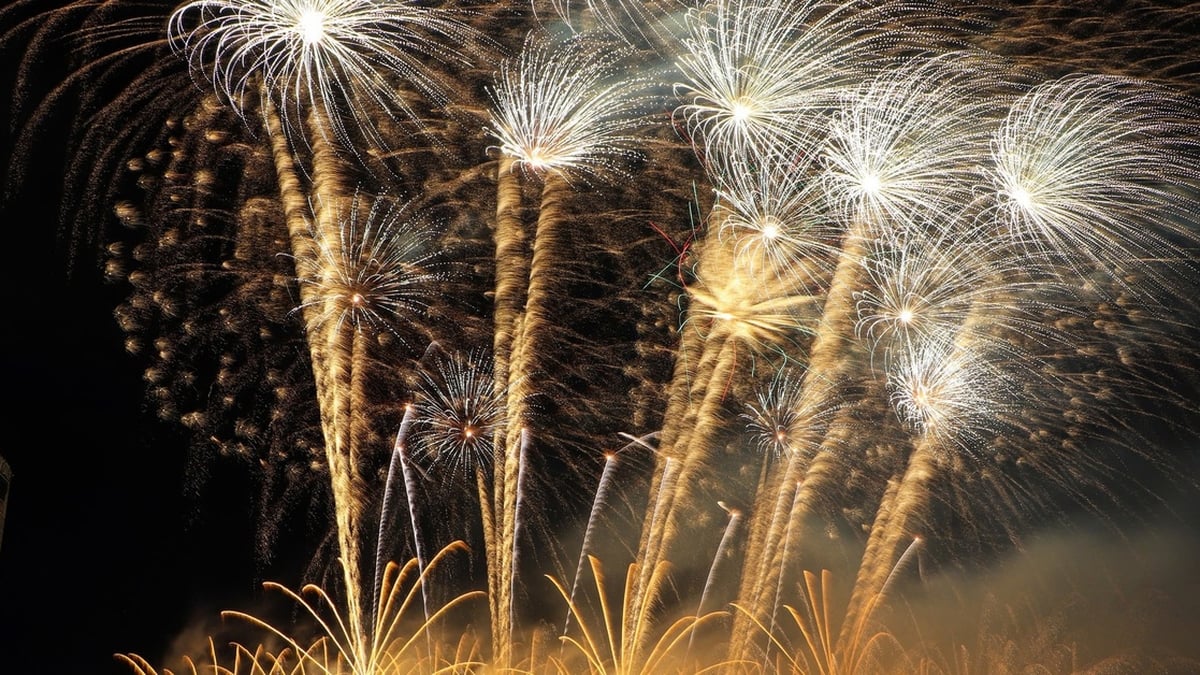

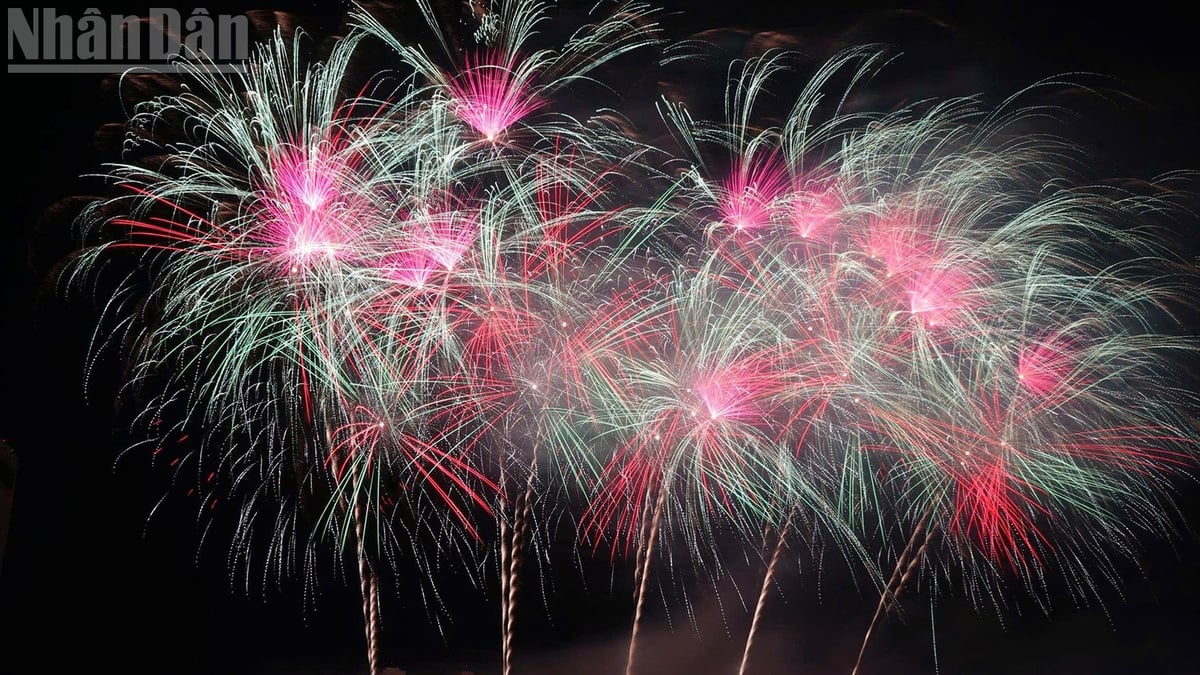
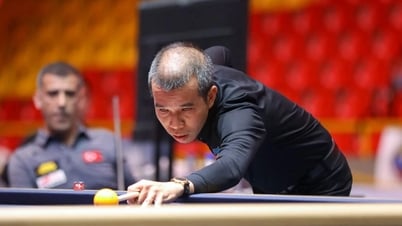

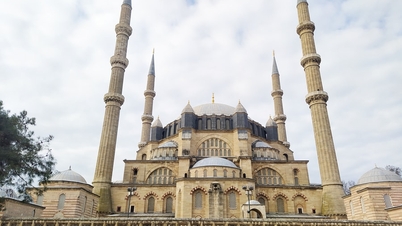



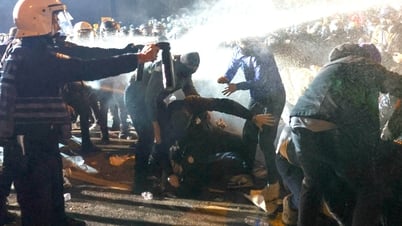


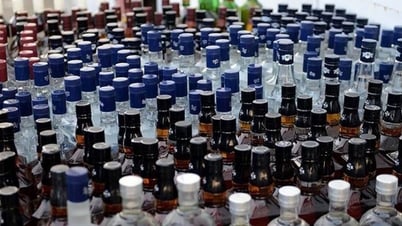

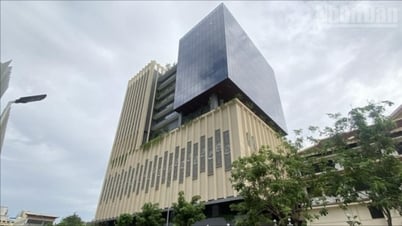

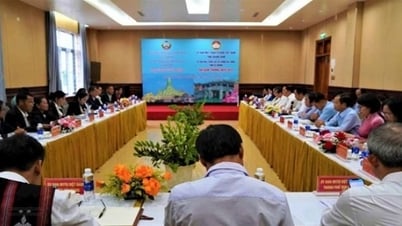
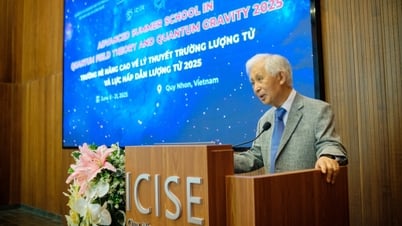















































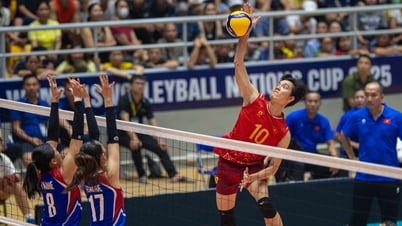












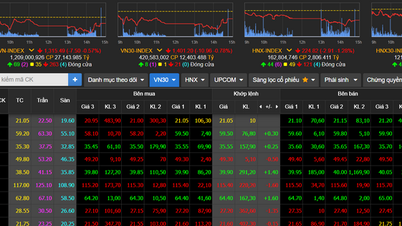
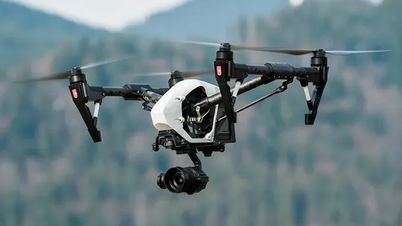

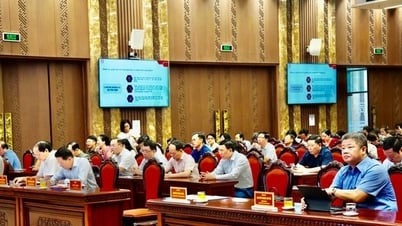


















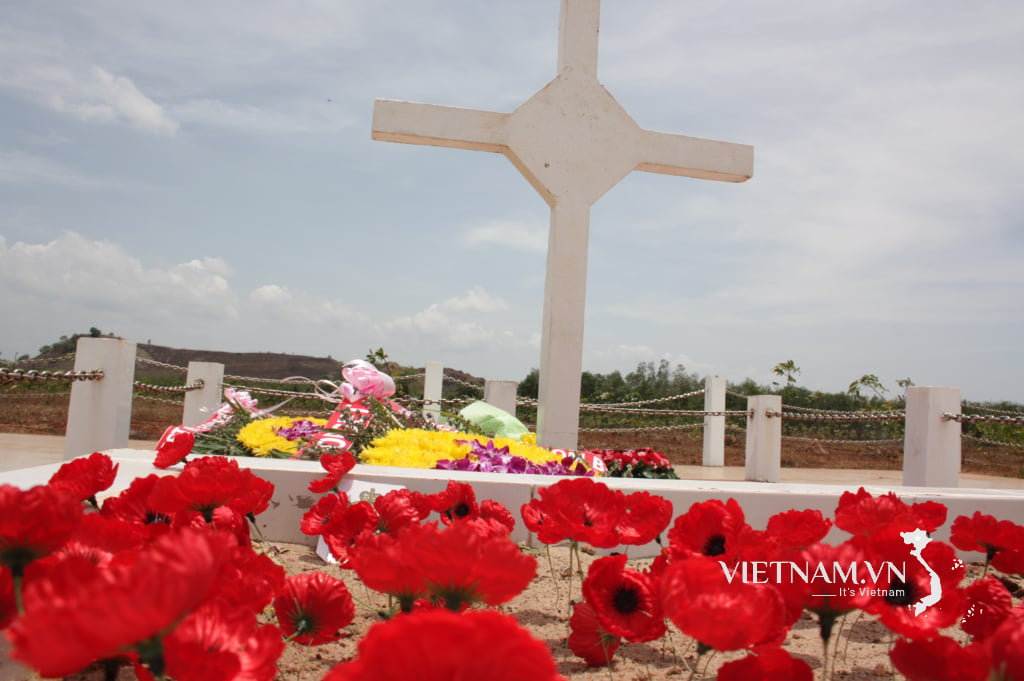
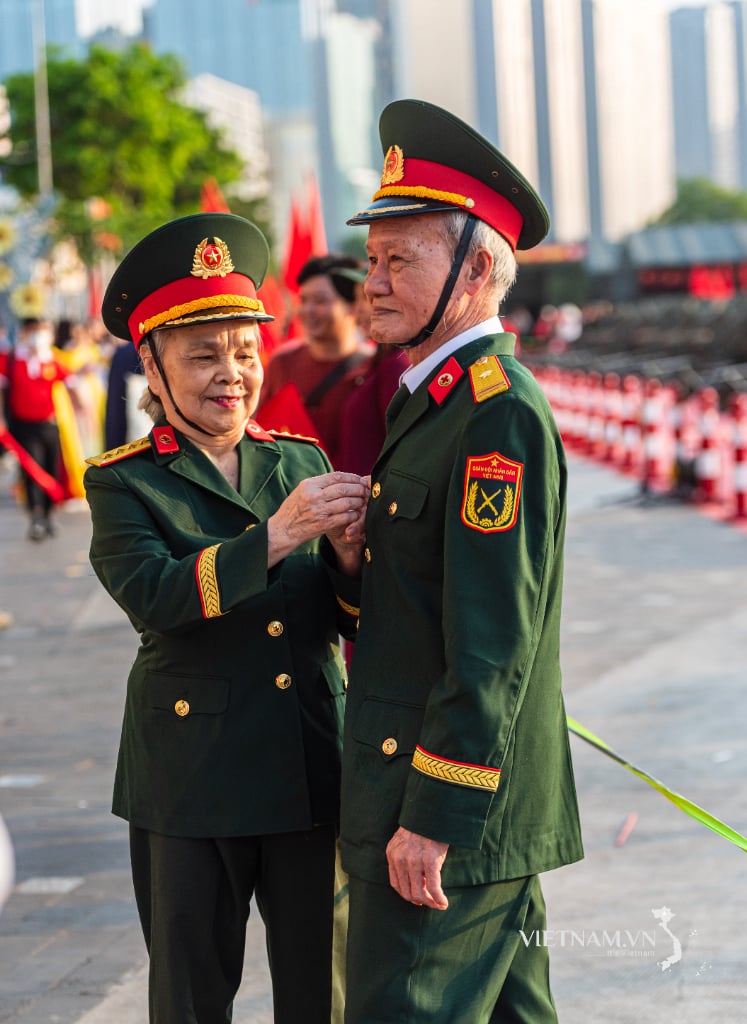
Comment (0)